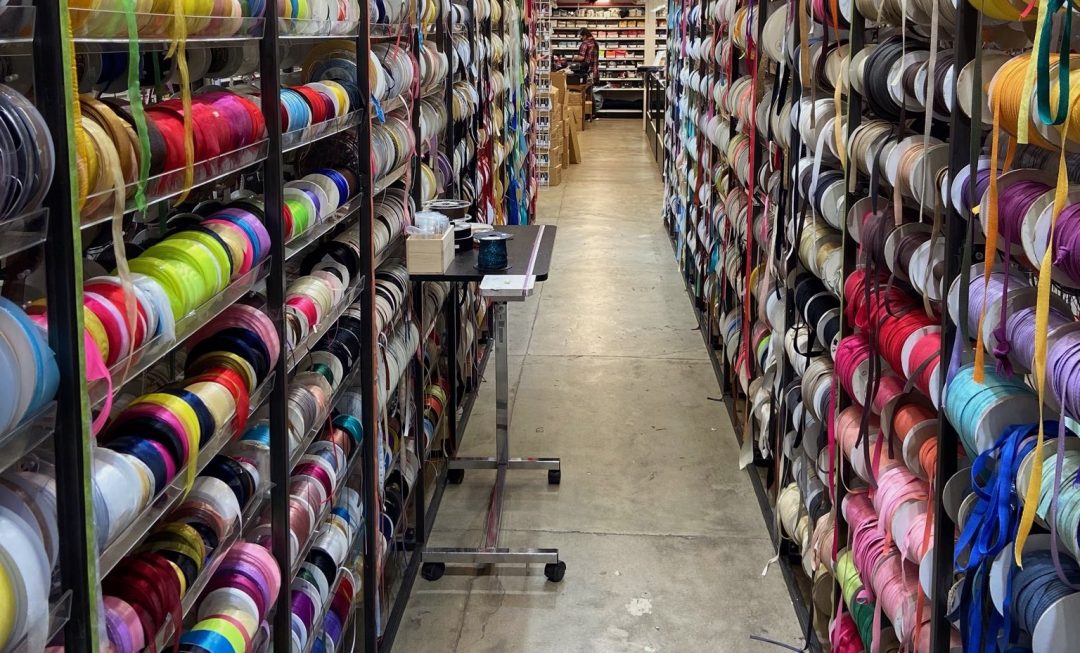
Benefits of Domestic Manufacturing in a Post-Pandemic Era
There are many benefits to maintaining a small supply chain, but since the advent of COVID19 many of them have increased considerably. In fact, the shift towards regional or even national garment production supply chains may be here to stay, as the investments required to switch mean there is unlikely to be any reversal in “nearshoring,” or the act of moving manufacturing closer to your target markets. As a domestic US-based manufacturer ourselves we have long since witnessed these benefits, among which include shorter leadtimes, higher quality goods, and more ethical and sustainable practices.
Shorter Leadtimes
One of the biggest headlines since the start of the pandemic has been the unprecedented delays and extraordinary rise in shipping and container costs. In pre-pandemic times the benefit of cheap freight shipping + cheap offshore labor outweighed the costs of longer leadtimes, however that is no longer the case. Even if producing domestically remains at 30%-40% higher than overseas, for most brands it is still worth it as shipping supply snags are now not only timely but expensive too. In such a time-sensitive market as fashion, longer leadtimes can have adverse effects.
Naturally Sustainable
On the flip side, small domestic supply chains are often sustainable by default: As travel is minimized between smaller hubs, so is the carbon footprint.
Additionally in terms of worker treatment in a country like the US, many labor laws already exist *and* are actually enforced.
Working with clients in close proximity at the design phase also allows us to design into cost and efficiency, which translates to smaller yields and lower materials consumption.
Higher Quality
Being in close proximity to your supplier means you can develop closer-knit relationships with them, ensuring ease of communication, direction, and expectations. These closer-knit relationships and the opportunity to oversee the garments as they are produced in realtime also leads to better quality, as issues in quality control can often be found at the start or in the midst of the process.
There is a growing trend among consumers of becoming more quality-conscious and wanting their garments to last longer. More and more the race amid apparel companies for rock bottom prices seems to be secondary to desires for quality and longevity.
In short, the more global (and complicated) supply chains are, the more things can and will go wrong. For this reason the Factory8 mantra has always been to “keep it simple.” To us this means working locally while following the basic steps of the garment production process to ensure the most cost-efficient, high-quality garments as reasonably fast as possible.